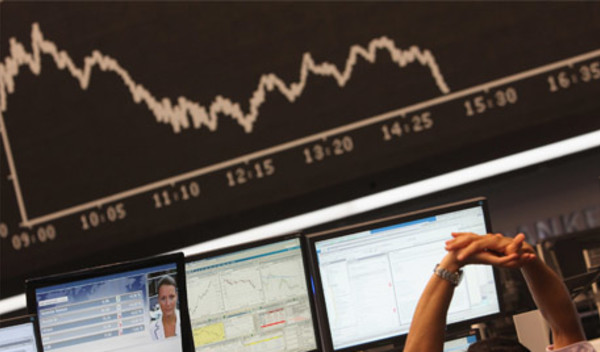

Platforms without the ability to use fractional trading are limited to buying or selling only full shares of ETFs, which raises the risk of holding excess cash or creating disparate weightings between model portfolio clients. These clients cannot have holdings accurately replicated.
While progress has been made in recent months, with Novia and smaller provider Hubwise announcing plans, larger providers still cite a lack of client demand for solutions.
Novia intends to use a Winterflood Business Services (WBS) product for its platform. WBS said it developed its solution as discretionary fund managers cited the lack of fractional trading as a barrier to desired ETF usage.
Despite this, wider adoption has faced a number of roadblocks, such as operational and legal issues.
Platforms providers AJ Bell, Ascentric, Cofunds, FundsNetwork and Nucleus are yet to include fractional dealing, and Old Mutual Wealth is yet to offer ETFs.
Specialists have claimed the lack of progress stems from an absence of demand among clients.
Ascentric’s head of sales, Justin Blower, said: “We are not getting people banging on our door asking for fractional trading. ETFs in the platform space are still quite a small asset class.”
An AJ Bell spokesperson said the company had looked at fractional ETF trading and would “continue to keep watch on it in line with demand from advisers”, but noted that the ability to trade portions of shares only became an issue in relation to smaller case sizes.
While ETF usage is growing exponentially in the UK and globally, adviser demand remains relatively subdued.
Figures from Platforum, a research agency, showed that while 62 per cent of advisers recommended passive investments, only 19 per cent used ETFs. However, the majority of that 19 per cent had done so via a platform.
Platforum said ETF exposure on adviser platforms stood at 1.3 per cent, much lower than tracker funds.
However, others strongly advocated the moves. Novia said its fractional trading solution would “help drive down [costs], improve precision and enable choice for advisers who use ETFs in client portfolios.
Bill Vasilieff, chief executive, added that most advisers used model portfolios, arguing that fractional trading solutions removed the final barrier for an accompanied increase in ETF usage.
“The current system is clunky and unusable,” he said. “ETFs are immensely popular worldwide and the UK is lagging behind – this is mainly because of the platform usage.”
Mr Vasilieff said larger platforms would also eventually find solutions to fractional trading with their own technology providers.
“[Larger/integrated firms] keep putting out statements saying ETFs are dangerous, but that is all nonsense. In the background they’re developing the technology to use them,” he explained.
Mr Vasilieff agreed that the ability to trade portions of ETF shares could provide first-mover advantage for platforms in a highly competitive, yet sticky, market.
Trade volumes on platforms have slipped in recent months, with this year’s third quarter net sales of £8.6bn proving the lowest since the first quarter of 2013, according to Fundscape.
Key numbers
2
Number of platform providers to commit to offering fractional trading of ETFs
1.3%
Proportion of assets on adviser platforms held in ETFs



